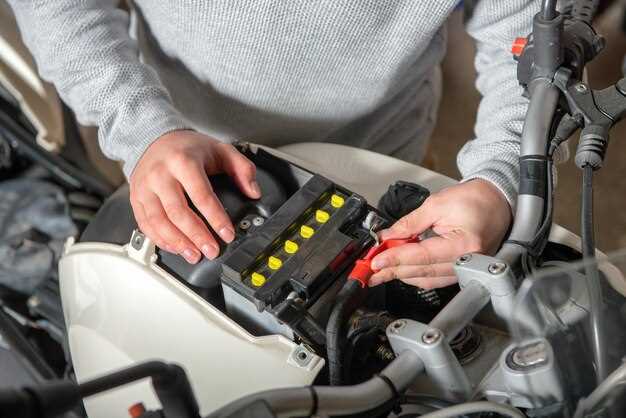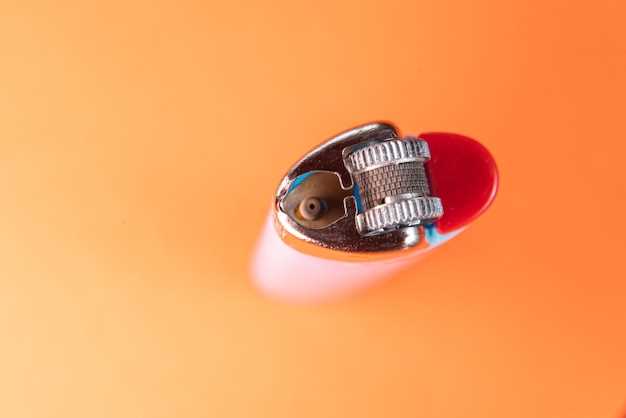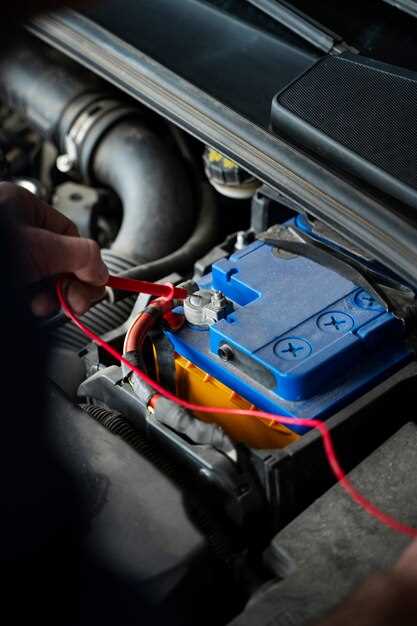
Owning a vintage car or truck is a passion that comes with its own set of responsibilities, particularly when it comes to battery maintenance. Unlike modern vehicles, classic automobiles often feature different electrical systems and battery requirements that demand special care. Proper maintenance of the battery ensures that these timeless vehicles not only start reliably but also perform optimally throughout their lifespan.
In this article, we will delve into essential battery care strategies tailored specifically for vintage cars and trucks. Whether you are a seasoned collector or a new enthusiast, understanding how to maintain your vehicle’s battery will help preserve its integrity and performance. From routine inspections to proper charging techniques, each tip is designed to keep your classic car running smoothly, enabling you to enjoy the open road without worry.
As we explore these maintenance tips, remember that your care for your vintage car’s battery directly impacts the overall health of the vehicle. Emphasizing regular upkeep will not only extend the life of the battery but also enhance your driving experience, allowing you to appreciate the charm and nostalgia that classic vehicles bring.
Choosing the Right Battery for Vintage Cars

Selecting the appropriate battery for your vintage car is crucial for its performance and longevity. Vintage vehicles often have unique electrical systems that differ significantly from modern cars, necessitating careful consideration when choosing a replacement battery.
First, understand the voltage requirements of your vintage car. Most classic vehicles are designed to operate on a 6-volt system, while some later models may utilize a 12-volt setup. It is essential to match the battery voltage with your car’s specifications to ensure proper function.
Next, consider the physical dimensions of the battery. Vintage cars often have specific battery trays that accommodate only certain sizes. Ensure the new battery fits snugly in the designated space to avoid vibrations that can lead to damage.
Another important factor is the type of battery. Opt for lead-acid batteries, which are commonly used in vintage cars. They provide reliable starting power and are compatible with the car’s original electrical system. Additionally, look for batteries that offer high cold cranking amps (CCA) to ensure your vintage car starts easily, even in colder weather.
Finally, pay attention to the brand and warranty of the battery. Choosing a reputable manufacturer with a solid warranty will give you peace of mind and assurance of quality. Many brands specialize in batteries for classic vehicles, so take the time to research and select one known for reliability and performance.
By taking these factors into account, you can choose a battery that not only fits your vintage car’s specifications but also enhances its overall performance and reliability.
Performing Regular Battery Inspections and Testing

Maintaining the battery of your vintage car is essential for ensuring its reliability and performance. Regular inspections can help identify potential issues before they lead to more significant problems. Start by visually examining the battery for any signs of corrosion or damage. Look for white, crusty deposits around the terminals, as this can indicate acid leakage or poor connections. Carefully clean any corrosion with a mixture of baking soda and water to prevent further deterioration.
Testing the battery’s voltage is another crucial step in maintenance. Use a multimeter to check the voltage; a fully charged battery should read around 12.6 volts or higher. If the reading is significantly lower, consider recharging or replacing the battery. Additionally, testing the specific gravity of the electrolyte solution with a hydrometer can provide insight into the battery’s state of charge and health.
For classic cars, it’s advisable to perform these inspections every few months, especially if the vehicle is not driven frequently. During inspections, ensure that the battery is securely mounted, as vibrations can damage it over time. Keeping the battery clean and ensuring proper connections not only extends its lifespan but also improves your vintage car’s overall performance.
Finally, documenting your inspection and testing results will help track the battery’s condition over time, making it easier to predict when a replacement may be necessary. This proactive car care approach can lead to a more reliable classic vehicle that stands the test of time.
Proper Storage and Charging Techniques for Classic Vehicle Batteries
Ensuring the longevity of vintage vehicle batteries requires diligent care and appropriate techniques. When it comes to storage, always keep the battery in a cool, dry place where temperatures remain steady. Extreme heat and cold can significantly harm battery performance and lifespan. A temperature-controlled environment minimizes the risk of sulfation and fluid evaporation.
Before storing, fully charge the battery to avoid deep discharge, which can impair functionality. It’s advisable to use a smart charger that can maintain the battery’s charge without overcharging, allowing for a maintenance mode that keeps the battery topped off. Consider removing the battery from the vehicle, especially if the classic car will be unused for extended periods.
For optimal performance after storage, check the battery terminals for corrosion. Clean them with a mixture of baking soda and water if necessary. Reinserting a well-maintained battery into your vintage car ensures reliable starts and functionality. Additionally, regular charging during the storage period will help maintain the battery’s health.
Lastly, if you anticipate not using the classic vehicle for several months, consider installing a battery maintainer. This device can automatically adjust charging levels, providing continuous care without the risk of damage. By following these effective storage and charging techniques, you will significantly enhance the longevity and reliability of your classic vehicle’s battery.




